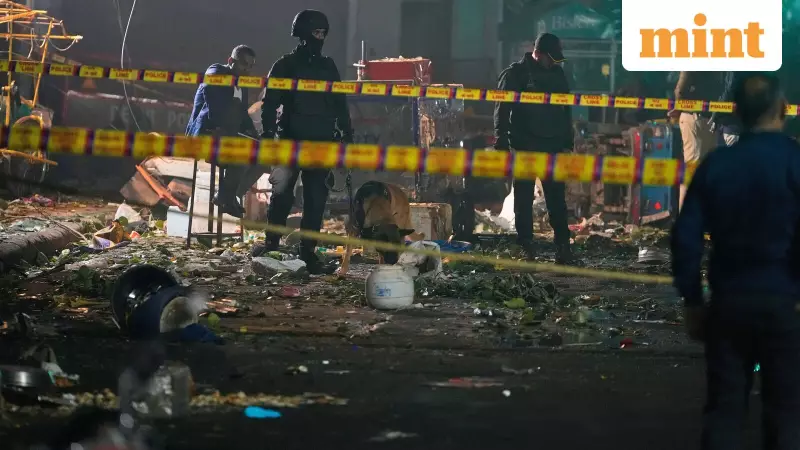
A devastating car explosion rocked the heart of Delhi on Monday evening, claiming nine lives and leaving twenty others injured in what has been described as a shocking national tragedy. The high-intensity blast occurred in a moving vehicle at one of the city's busiest intersections, sending shockwaves across the country.
The Incident: Timeline and Location
The explosion took place at precisely 7:00 PM on November 10 in a Hyundai i20 car that was moving through the Subhash Marg traffic signal. The location of the blast holds significant importance as it occurred just meters away from the iconic Red Fort, a symbol of national pride and a major tourist attraction. The force of the explosion was so intense that it completely gutted several vehicles in the immediate vicinity, creating a scene of chaos and destruction during the evening rush hour.
Immediate Aftermath and Security Response
Within hours of the explosion, security measures across the capital and the nation were dramatically escalated. Delhi Police immediately intensified vehicle checking at all city border points and declared a high alert across the metropolitan area. The Central Industrial Security Force (CISF) followed by issuing a nationwide security alert, placing all critical installations under their protection on the highest level of vigilance.
In an official statement posted on X (formerly Twitter), CISF confirmed: "In the wake of the explosion in a vehicle near Red Fort Metro station, installations secured by CISF in the National Capital Region (NCR) including Delhi Metro, Red Fort, Government Buildings and IGI Airport have been placed on high alert. The situation is being constantly monitored and personnel are on standby."
Nationwide Impact and Legal Action
The security alert quickly spread beyond Delhi's borders, with multiple states activating their high-alert protocols. The affected states include Punjab, Haryana, Uttarakhand, Odisha, Kolkata, Uttar Pradesh, Maharashtra, and Bihar, indicating the seriousness with which authorities are treating the security threat.
Delhi Police has registered a formal case under several serious legal provisions, including sections 16 and 18 of the Unlawful Activities (Prevention) Act (UAPA), various sections of the Explosives Act, and the Bharatiya Nyaya Sanhita. The case has been filed at Kotwali Police Station, marking the beginning of a comprehensive investigation into what authorities are treating as a potential act of terrorism.
Travel Disruptions and Public Advisory
In response to the security situation, Delhi Traffic Police issued a detailed travel advisory announcing significant road closures, primarily affecting areas around Netaji Subhash Marg. The advisory stated that on November 11, traffic restrictions and diversions would be implemented on both carriageways and service roads of Netaji Subhash Marg from Chatta Rail Cut to Subhash Marg Cut.
Commuters have been strongly advised to avoid these routes from 6:00 AM until further orders and use alternative roads to ensure a hassle-free journey. The advisory explicitly mentioned that no vehicles would be permitted on Netaji Subhash Marg from Chatta Rail Cut to Subhash Marg Cut and vice versa throughout the day.
The nation remains on edge as security forces work to determine the cause of the explosion and identify those responsible, while medical teams continue to treat the injured victims of this tragic incident.





